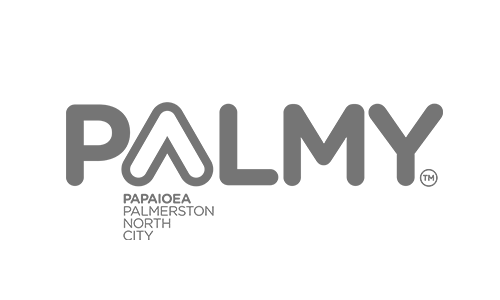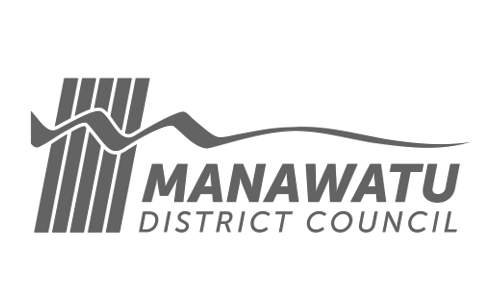Over the past several months, regions across New Zealand have been grappling with the loss of a key set of regional tourism data, provided by Qrious which captured visitor nights outside of the Commercial Accommodation Monitor.
Unfortunately, Qrious, a Spark subsidiary, ceased its analytics service as of mid-February this year, leaving a gap in valuable tourism data.
“Qrious data gave us a very clear picture of all overnight visitors who came to the region and stayed with family or friends, or in other private and hosted accommodation like Airbnb, BookaBach, farm stays and bed and breakfasts,” says CEDA Marketing Senior, Janet Reynolds.
“Before Qrious, it was not possible to track the breadth of visitors who came to the region and stayed in private dwellings. We were only able to track the number of nights spent in commercial accommodation providers like motels, hotels and lodges, when Manawatu’s biggest visitor market is people coming to visit family and friends.”
To put this in perspective, there were 466,086 nights spent in commercial accommodation in the year ended June 2017, while Qrious recorded over 2.4 million visitor nights in private homes in the same period.
“While this news is very unfortunate for our region, we are not in isolation as this issue is affecting the whole of New Zealand and is currently a hot topic of discussion among other Regional Tourism Organisations and Economic Development Agencies, nationwide.”
CEDA is liaising with Regional Tourism New Zealand (RTNZ) and Tourism Industry Aotearoa who are working on this issue with MBIE and StatsNZ about possible solutions.
“RTNZ is acutely aware of the gap that the loss of the Qrious data has caused, and an investigation by multiple agencies is underway to explore what opportunities there are to use big data to plug the hole, and indeed enhance the previous offering,” says Regional Tourism New Zealand Chief Executive, Charlie Ives.
It is not all bad news, though. Palmerston North City Council’s Economic Policy Economic Policy Advisor, Peter Crawford, who CEDA works with closely to communicate this data, says consumer spending specialists Marketview’s visitor spending will allow us to track how much is being spent by cardholders who are from outside Manawatū.
He says we will also be able to use the last set of Qrious data for a while, until another option develops. The downside is the region won’t be able to monitor or show growth.
“Over the longer term, plugging the gap in the data is very important for the Manawatū District,“ says Manawatū District Council Economic Development Advisor, Stacey Bell. “While our supply of commercial accommodation in the district is limited, we have a growing number of private accommodation providers that are contributing more and more to the local economy.
“Having a reliable mechanism for measuring the benefits of this growing sector would allow us to capture an accurate picture of the growing value of Tourism to our District and the wider Manawatū Region,” she says.
It is unlikely there will be a quick fix to fill this data gap, however we will continue to work with national leaders in this space to ensure we are on top of any opportunities.
For more information:
[email protected]
06 350 1830





